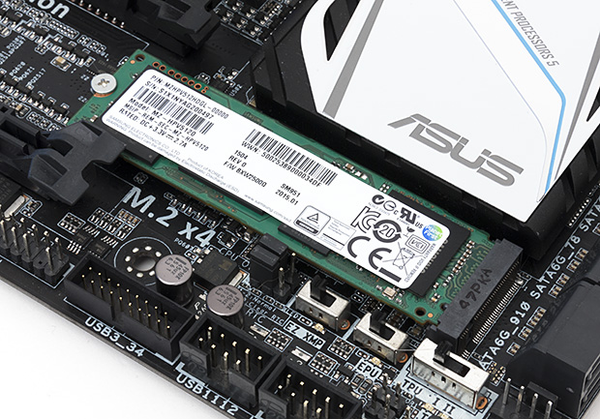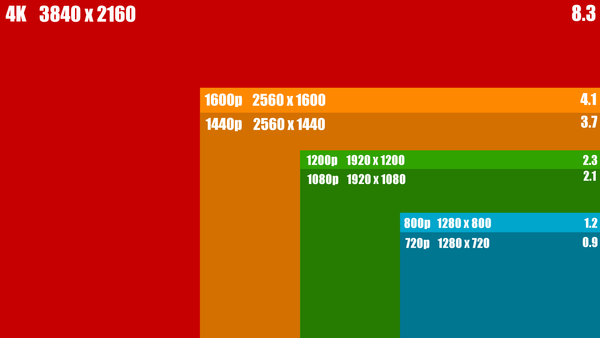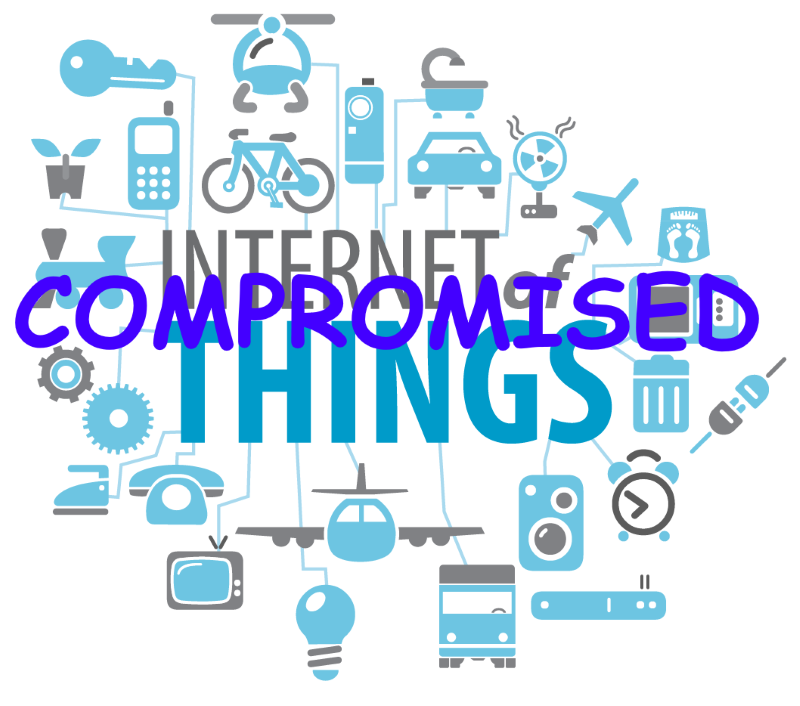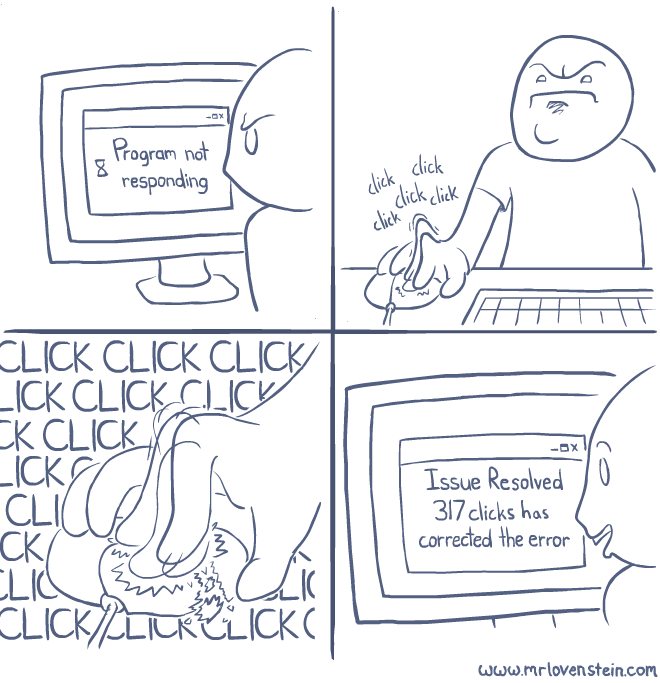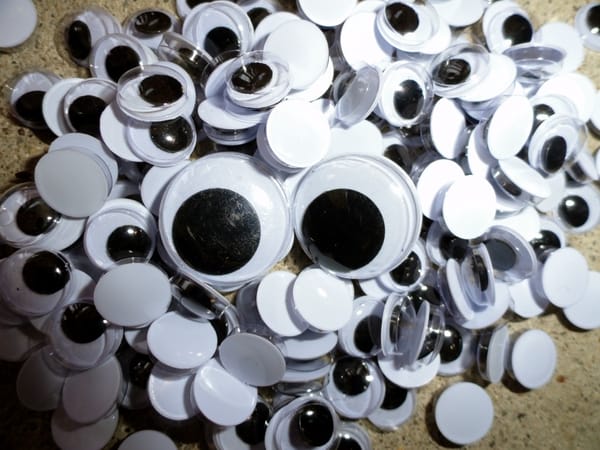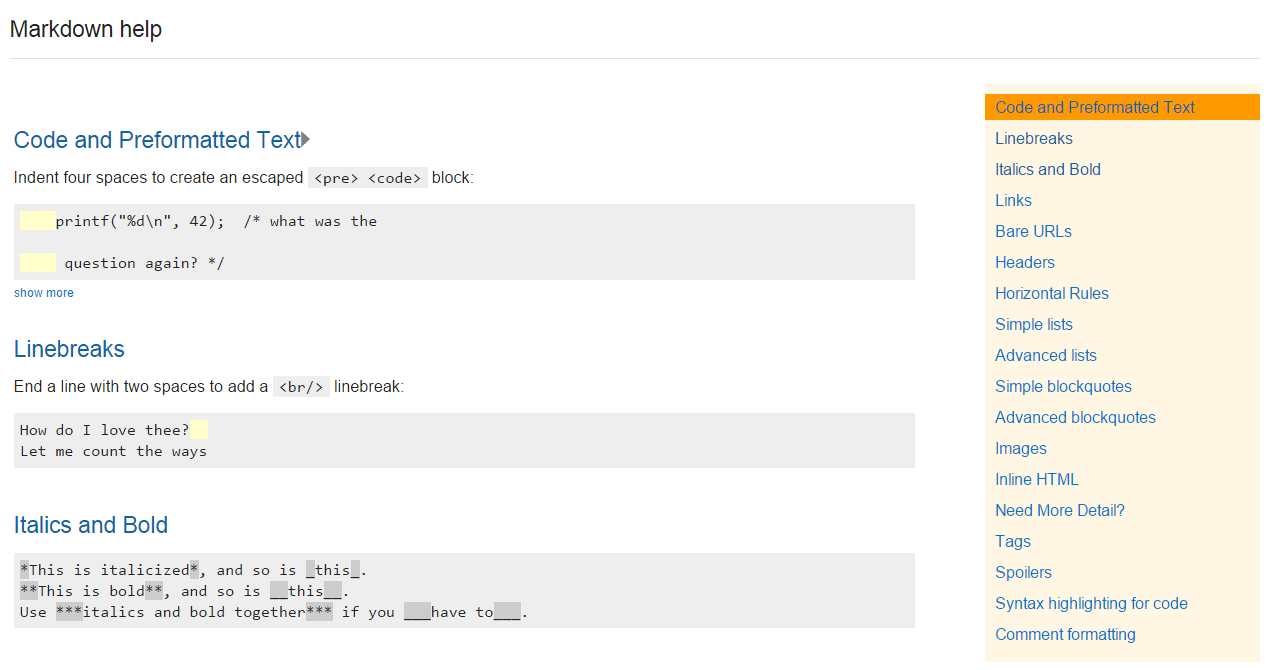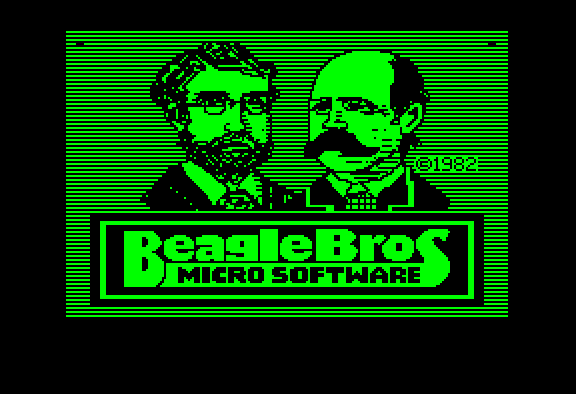
hardware
To ECC or Not To ECC
On one of my visits to the Computer History Museum – and by the way this is an absolute must-visit place if you are ever in the San Francisco bay area – I saw an early Google server rack circa 1999 in the exhibits. Not too fancy, right? Maybe even… a little

